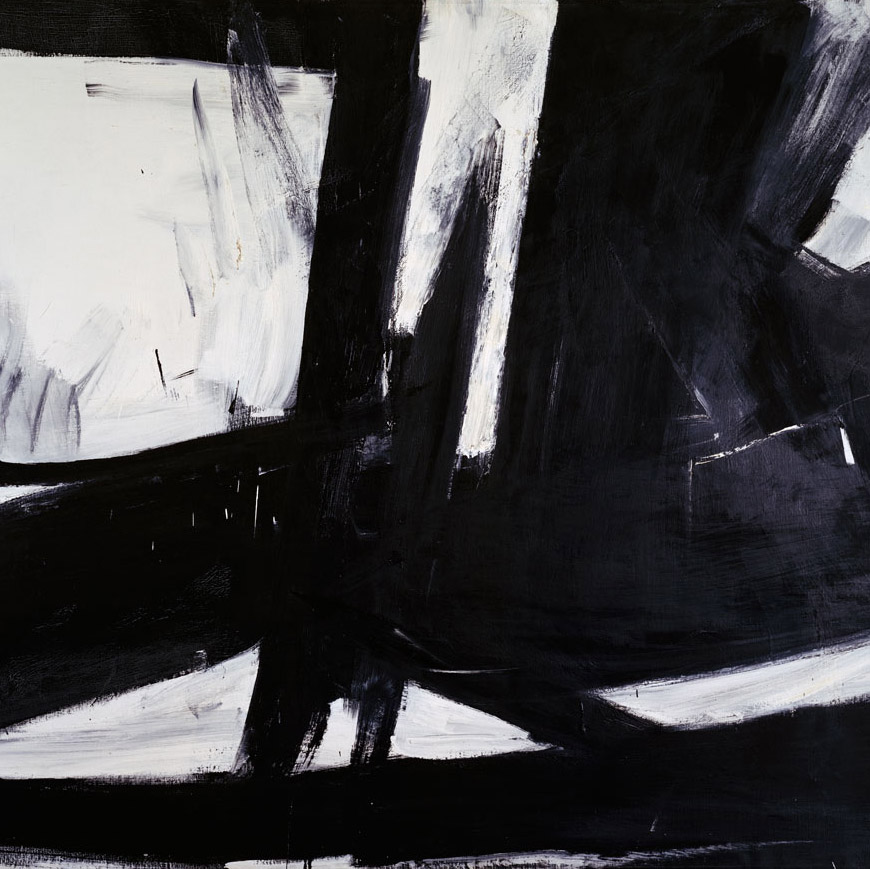
Franz Kline, Cross Section
Cross Section, 1956, Franz Kline, American, 1910–1962, oil on canvas, 53 1/2 × 63 in., Gift of the Virginia and Bagley Wright Collection, in honor of the 75th Anniversary of the Seattle Art Museum, 2020.15.17, © Artist or Artist’s Estate
